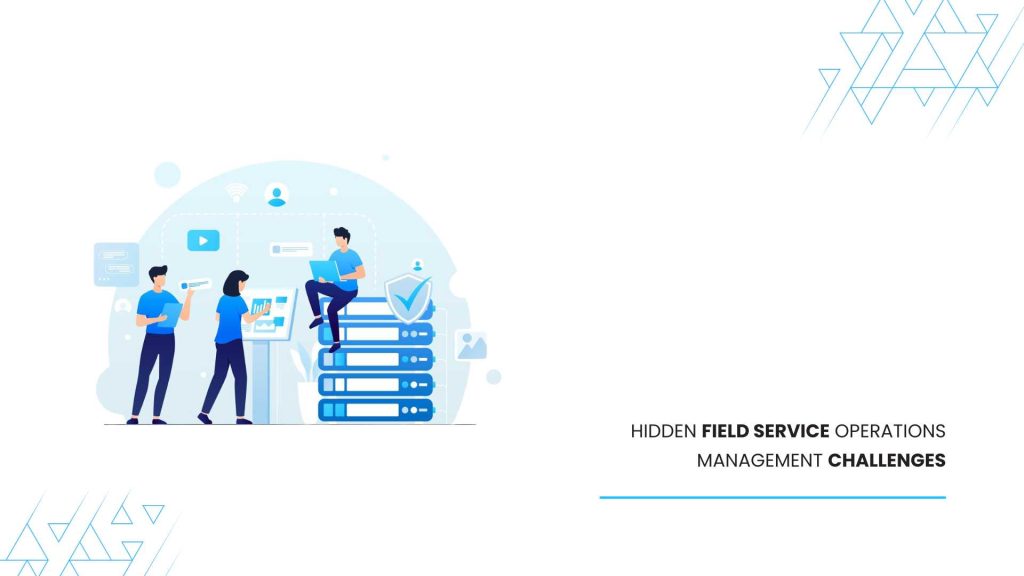Field service management is crucial for the seamless operation of numerous businesses, yet it often presents undisclosed obstacles that can hinder efficiency and productivity. While some challenges are evident, others remain concealed, ready to be uncovered. In this discussion, we will examine five of these covert challenges and analyze their impact on the field service landscape.
Challenge No. 1: Scheduling
At first glance, scheduling may seem straightforward, but it’s a delicate balancing act of assigning the right technician to the right job at the right time. Factors such as technician availability, skill set, and travel time all come into play, making scheduling a complex puzzle. Failure to optimize scheduling can lead to wasted time, increased costs, and frustrated customers.
Challenge No. 2: First-Time Fix Rate
Achieving a high first-time fix rate is the holy grail of field service management. However, diagnosing and resolving issues on the first visit isn’t always feasible. Technicians may encounter unforeseen complications, lack access to necessary parts, or require additional expertise. A low first-time fix rate impacts customer satisfaction, increases operational costs, and prolongs downtime.
Challenge No. 3: Safety and Liability
Field service technicians often work in hazardous environments, exposing them to risks and liabilities. Ensuring their safety is paramount, but it’s easier said than done. Technicians face numerous hazards daily, from navigating construction sites to handling dangerous equipment. Failure to prioritize safety endangers employees and exposes businesses to potential lawsuits and reputational damage.
Challenge No. 4: Communication with Customers
Compelling communication is the cornerstone of exceptional customer service, yet it remains a significant challenge in field service management. Keeping customers informed about appointment times, technician arrivals, and service updates is essential for managing expectations and building trust. However, communication breakdowns can lead to frustration, dissatisfaction, and, ultimately, lost business.
Challenge No. 5: Performance Management
Monitoring and evaluating technician performance is crucial for optimizing field service operations. However, tracking metrics such as job completion times, customer satisfaction scores, and adherence to service protocols can be daunting. Without proper performance management systems, identifying areas for improvement and rewarding top performers becomes a Herculean task.
Summary: Field service management is riddled with hidden challenges that require careful navigation and strategic solutions. By addressing issues such as scheduling inefficiencies, first-time fix rates, safety concerns, communication gaps, and performance management, businesses can overcome obstacles and pave the way for smoother operations and greater customer satisfaction.
Conclusion:
The integration of the Acumatica cloud ERP system significantly enhances field service management by streamlining operations, optimizing resource allocation, and improving communication between field technicians and the central office.
Acumatica empowers organizations to deliver exceptional service while maximizing efficiency and profitability in their field operations through real-time data access, mobile capabilities, and robust reporting tools.
Its flexible and scalable nature ensures adaptability to evolving business needs, making it a valuable asset for companies seeking to elevate their field service management capabilities.

Vijay comes with a vast experience in ERP and enterprise solutions space with about 20 years of experience in various packaged application like Acumatica, SAP, Orion, Salesforce.com, SugarCRM and, SalesLogix.

